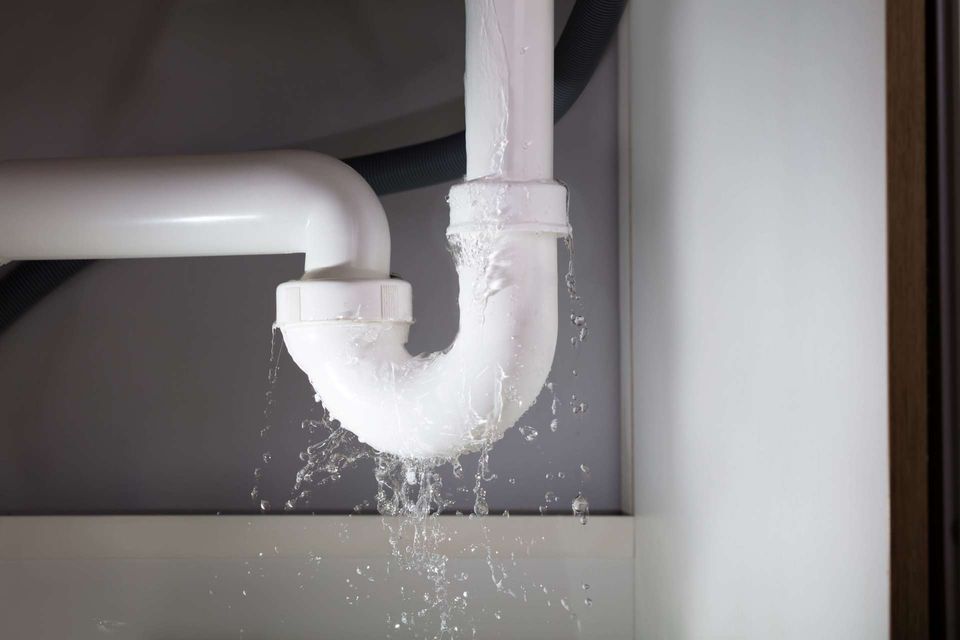On this page in the next paragraph you can locate a bunch of helpful advice in regards to Hacks to detect leaks.

Early detection of dripping water lines can mitigate a prospective disaster. Some small water leakages might not be visible.
1. Analyze the Water Meter
Every residence has a water meter. Examining it is a surefire way that assists you uncover leakages. For beginners, turn off all the water sources. Ensure nobody will certainly purge, make use of the faucet, shower, run the washing device or dishwasher. From there, most likely to the meter as well as watch if it will certainly alter. Because no one is using it, there need to be no motions. If it moves, that suggests a fast-moving leakage. Also, if you find no changes, wait an hour or two and also inspect back once again. This implies you may have a slow leakage that could also be underground.
2. Check Water Usage
If you find abrupt adjustments, in spite of your usage being the same, it means that you have leakages in your plumbing system. An abrupt spike in your bill suggests a fast-moving leakage.
Meanwhile, a consistent rise every month, despite the same practices, shows you have a sluggish leakage that's likewise gradually escalating. Call a plumber to completely check your residential or commercial property, especially if you feel a cozy location on your flooring with piping beneath.
3. Do a Food Coloring Test
When it comes to water consumption, 30% comes from bathrooms. If the shade in some way infiltrates your bowl during that time without flushing, there's a leakage in between the tank and also bowl.
4. Asses Exterior Lines
Don't forget to examine your outdoor water lines as well. Test faucets by connecting a garden pipe. Must water leak out of the link, you have a loosened rubber gasket. Replace this and make certain all connections are limited. If you've got a sprinkler system, it will certainly help get it professionally took a look at and preserved each year. One little leakage can squander lots of water and also surge your water costs.
5. Examine the circumstance as well as evaluate
House owners need to make it a practice to inspect under the sink counters and also inside closets for any type of bad odor or mold and mildew development. These two warnings suggest a leakage so timely attention is called for. Doing regular examinations, also bi-annually, can save you from a significant trouble.
If you know your residence is currently old, maintain a watchful eye on your heaters, tubes, pipes and so on. Check for stainings as well as damaging as most home appliances as well as pipelines have a life expectancy. They will certainly additionally naturally degrade because of tear and also use. Do not wait for it to escalate if you think leaking water lines in your plumbing system. Call a professional plumber right away so you don't end up with an awful mess in your home.
Early detection of dripping water lines can reduce a possible disaster. Some small water leaks may not be visible. Examining it is a proven method that helps you uncover leaks. One tiny leakage can throw away tons of water and increase your water expense.
If you think leaking water lines in your plumbing system, do not wait for it to escalate.
WARNING SIGNS OF WATER LEAKAGE BEHIND THE WALL
PERSISTENT MUSTY ODORS
As water slowly drips from a leaky pipe inside the wall, flooring and sheetrock stay damp and develop an odor similar to wet cardboard. It generates a musty smell that can help you find hidden leaks.
MOLD IN UNUSUAL AREAS
Mold usually grows in wet areas like kitchens, baths and laundry rooms. If you spot the stuff on walls or baseboards in other rooms of the house, it’s a good indicator of undetected water leaks.
STAINS THAT GROW
When mold thrives around a leaky pipe, it sometimes takes hold on the inside surface of the affected wall. A growing stain on otherwise clean sheetrock is often your sign of a hidden plumbing problem.
PEELING OR BUBBLING WALLPAPER / PAINT
This clue is easy to miss in rooms that don’t get much use. When you see wallpaper separating along seams or paint bubbling or flaking off the wall, blame sheetrock that stays wet because of an undetected leak.
BUCKLED CEILINGS AND STAINED FLOORS
If ceilings or floors in bathrooms, kitchens or laundry areas develop structural problems, don’t rule out constant damp inside the walls. Wet sheetrock can affect adjacent framing, flooring and ceilings.
https://www.servicemasterbyzaba.com/blog/how-to-detect-water-leakage-in-walls/

I ran across that blog posting about Detecting hidden plumbing leaks while doing a search on the web. Do you know about somebody who is involved in Hacks to detect leaks? Take a moment to promote it. I cherish reading our article about Leaking water lines.